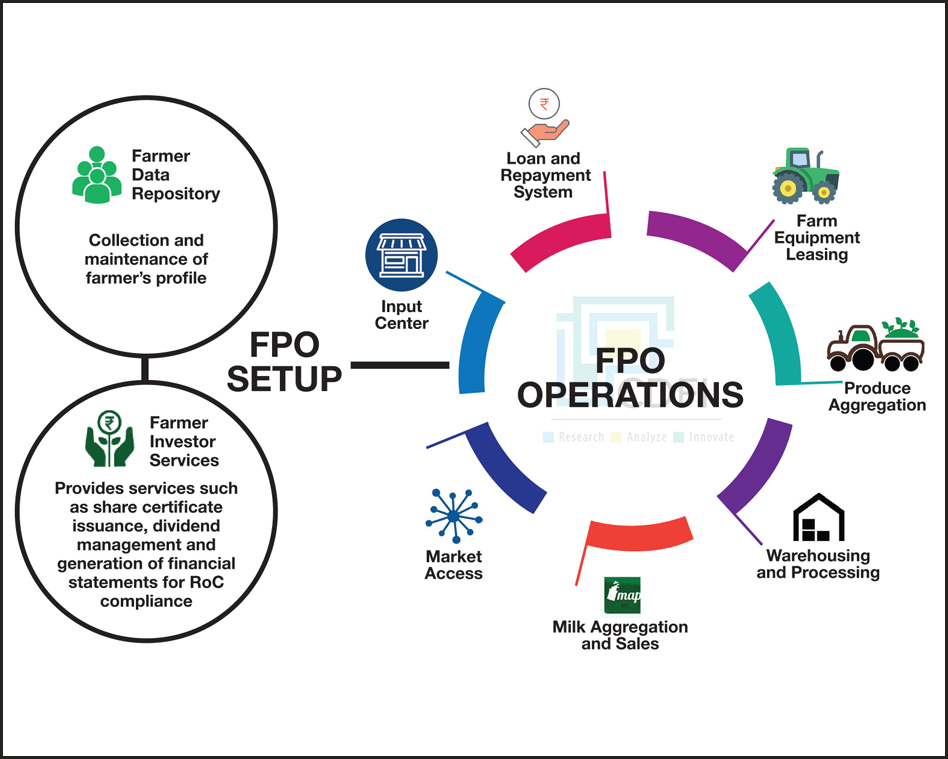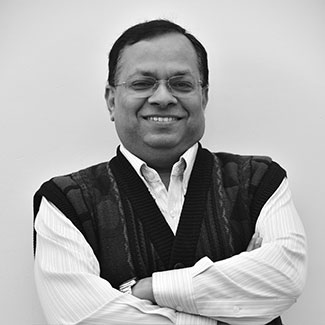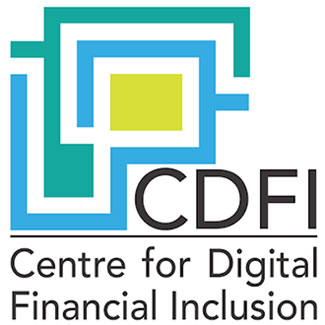
Sep 30 2016
Blockchain: The New Age Technology
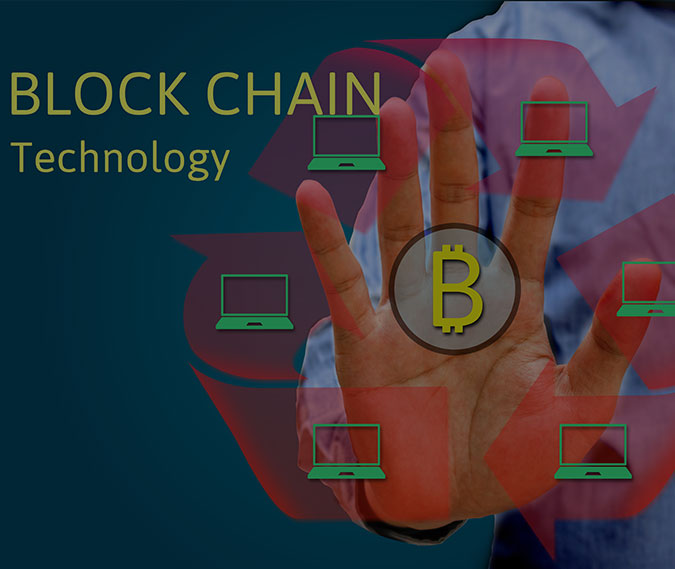
Blockchain: The New Age Revolution
“Bitcoin is a remarkable cryptographic achievement and the ability to create something that is not duplicable in the digital world has enormous value.”
Eric Schmidt, Ex CEO Google
While bitcoin has been gaining ground around the world since its introduction in early 2009, its technology base – ‘Blockchain’ is what is getting people and governments interested. As Eric Schmidt recognized and so have many others that a technology that is secure and not duplicable can have immense potential in diverse business scenarios.
What Is Blockchain?
Blockchain is like a database which is managed by a network of computers where no single computer stores or maintains the database, and any computer may enter or leave this network at any time without jeopardizing the integrity or availability of database. However, each new transaction added to the database is encrypted before being added to the Blockchain and each machine has its own copy of the data. The owner of that data can share it with anyone, anytime, by handing over a digital key. Think of it as a secure but decentralised database where there is no single custodian, no third party like government, bank etc.
How Blockchain Works?
Traditionally databases are maintained and controlled by a single organization or entity. However, this also gives them the opportunity to alter the database for their own benefit. Even if the organization can be trusted with the data there is still a possibility of getting hacked. Blockchain however, eliminates that possibility as there is no single owner of the database as it resides in each of the nodes/machines within the Blockchain network. Any attempt to alter the data sends a signal to other nodes within the blockchain network who warn other nodes that the data has been corrupted. The nodes within a Blockchain network are governed by a set of rules (called consensus protocol) which decide the order in which these nodes can make a change to the database. In addition to it an audit trail of changes being made to the database is made to ascertain that data within it is correct at all times. This audit trail consists of changes made to the database and are referred to as transactions. A group of transactions made by a single node is called a block. Each block also contains a reference to the previous block which made a change and thus there is a chain of blocks. When a new node enters a blockchain it copies all the blocks and builds a database at the same level of all other nodes.
Proof of Work (PoW) and Proof of Stake (PoS) are two main types of consensus protocol being used in Blockchain technology. Bitcoin presently uses Proof of Work which is based on puzzles, once these are solved the solution is called Proof of Work and the whole work is called mining. Proof of Stake is a newer consensus protocol and does not require any work to be done rather block production is controlled by stake in the Blockchain rather than computational power.
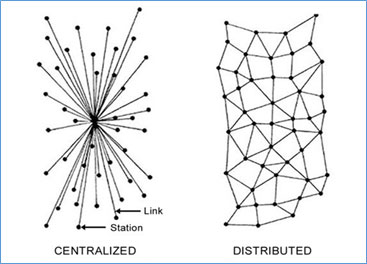
Blockchain technology is presently being used and explored in areas such as online voting, music industry, digital currencies and its scope can also be extended to benefit delivery system as it is being seen as the fastest, cheapest, most secure way of transferring money. The UK Government’s Department of Work and Pensions is experimenting on how the Blockchain system can be used to distribute welfare payments. Major banks and financial institutions around the world have also been active in investing in this space. The Blockchain and bitcoin ecosystem have received nearly $1 billion funding since 2013, and that number is expected to increase by another $1 billion in 2017. The underlying principle and working of Blockchain may be difficult for a layman to understand however, the fact that a lot of businesses are accepting its importance and comparing it with a revolution like email, internet, it is a technology which would be touching and altering the way we perform a lot of our tasks.
Recent Posts


